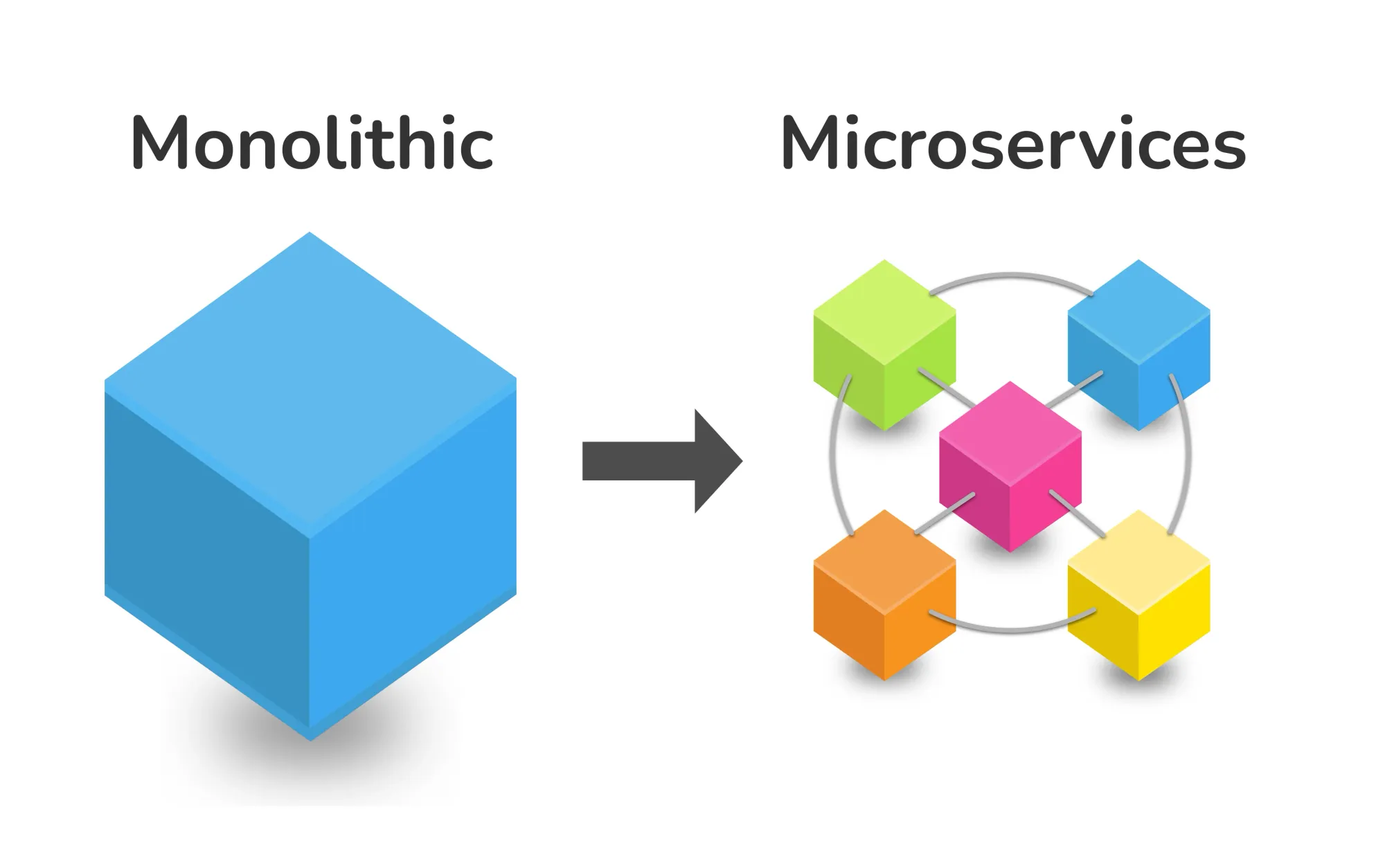The Rise of Microservices Architecture

Have you ever wondered how big companies like Netflix or Amazon handle millions of users without crashing? One of the secrets lies in something called microservices architecture. But what exactly are microservices, and how do they help software systems scale, stay flexible, and remain resilient? Let's break it down.
What are Microservices?
Think of microservices as small building blocks that make up a larger application. Instead of having one big, monolithic piece of software, you have lots of smaller, independent services that work together to deliver the functionality you need.
Benefits of Microservices
- Scalability: With microservices, you can scale different parts of your application independently. This means you can allocate more resources to the parts that need it most, without affecting the rest of your system.
- Flexibility: Because each microservice is independent, you can develop, deploy, and update them separately. This makes it easier to add new features, fix bugs, or make changes without disrupting the entire system.
- Resilience: If one microservice fails, it doesn't bring down the whole system. Other services can continue to function, and you can quickly replace or fix the failing service without impacting the rest of your application.
How Microservices Enable Scalability
Imagine you're building a house. Instead of trying to build the whole thing at once, you break it down into smaller tasks, like laying the foundation, building the walls, and installing the plumbing. Each task can be done independently, and if you need to add another room later, you can do so without tearing down the entire house.
Similarly, with microservices, you can break down your application into smaller, manageable pieces. If one part of your system needs more resources, you can scale it up without affecting the rest. This allows you to handle increased traffic or demand without overloading your entire application.
Flexibility and Resilience
Now, let's say you want to change the color of the walls in your house. With a monolithic application, this might involve tearing down the entire house and rebuilding it from scratch. But with microservices, you can just paint the walls in one room without affecting the rest of the house.
Similarly, if one microservice fails, it's like having a leaky faucet in one room of your house. You can fix it without shutting off the water to the entire house. This resilience ensures that your application remains available and functional even in the face of failures.
Microservices architecture has revolutionized the way we build and scale software systems. By breaking down applications into smaller, independent services, we can achieve greater scalability, flexibility, and resilience. Whether you're building the next big app or maintaining a legacy system, embracing microservices can help you stay ahead in today's fast-paced digital world.
